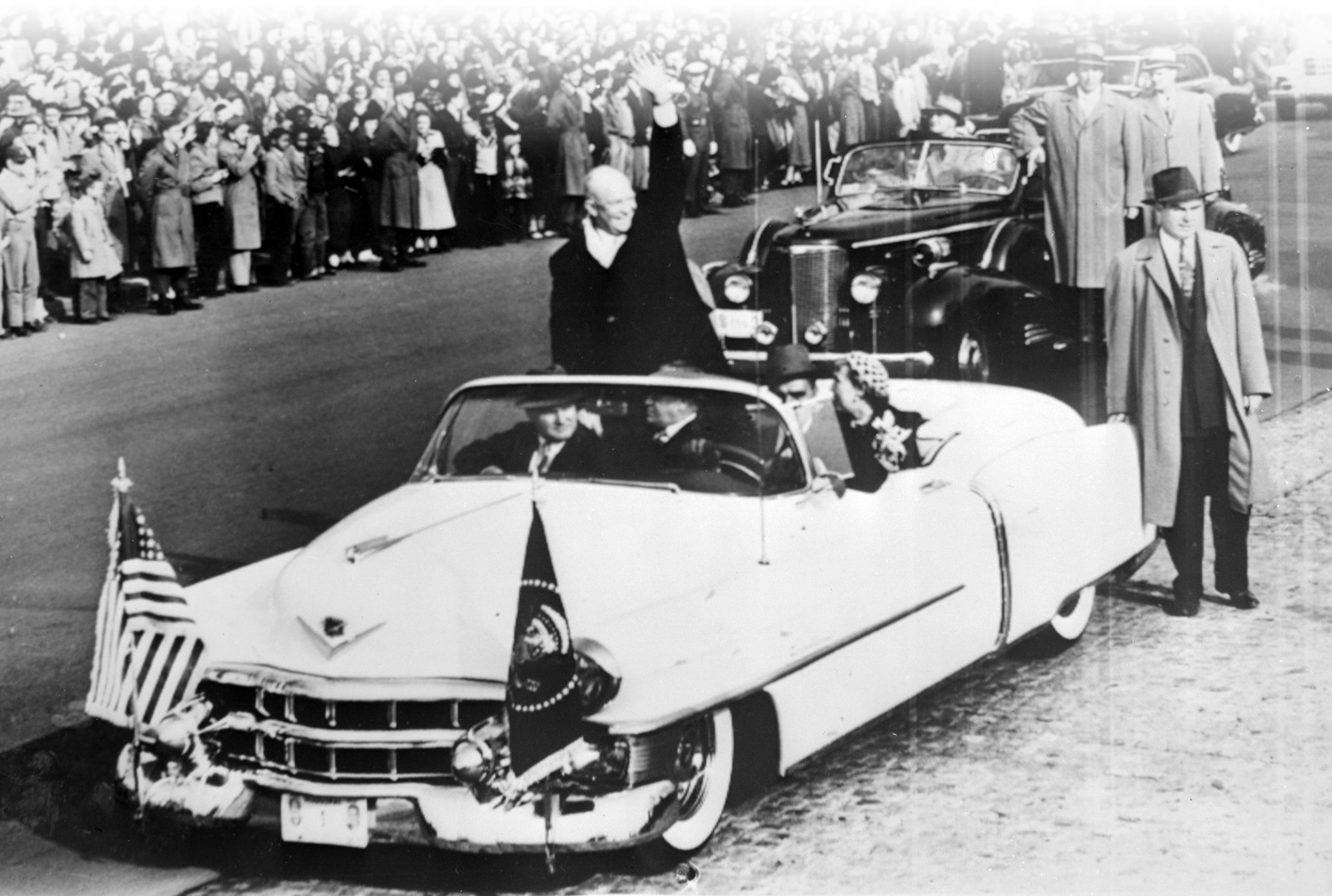
Dwight Eisenhower has received less attention from historians than other US presidents. This is in part not his fault. He is better known for leading the allied forces to victory in the Second World War than for being president.
After the war, the US people wanted a period of stability and prosperity. The public image of Eisenhower was of a jovial figure, a calming presence more likely to be found on the golf course than the Oval Office. The era has been damned as one of ‘the bland leading the bland’. However, more recently, some academics have suggested that this is unfair and that in fact Eisenhower did provide strong leadership behind the scenes, as what has been termed ‘A hidden hand president’. Was Eisenhower as apathetic as he has been made out or was he controlling events away from the public eye?
Your organisation does not have access to this article.
Sign up today to give your students the edge they need to achieve their best grades with subject expertise
Subscribe




